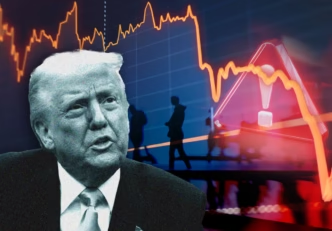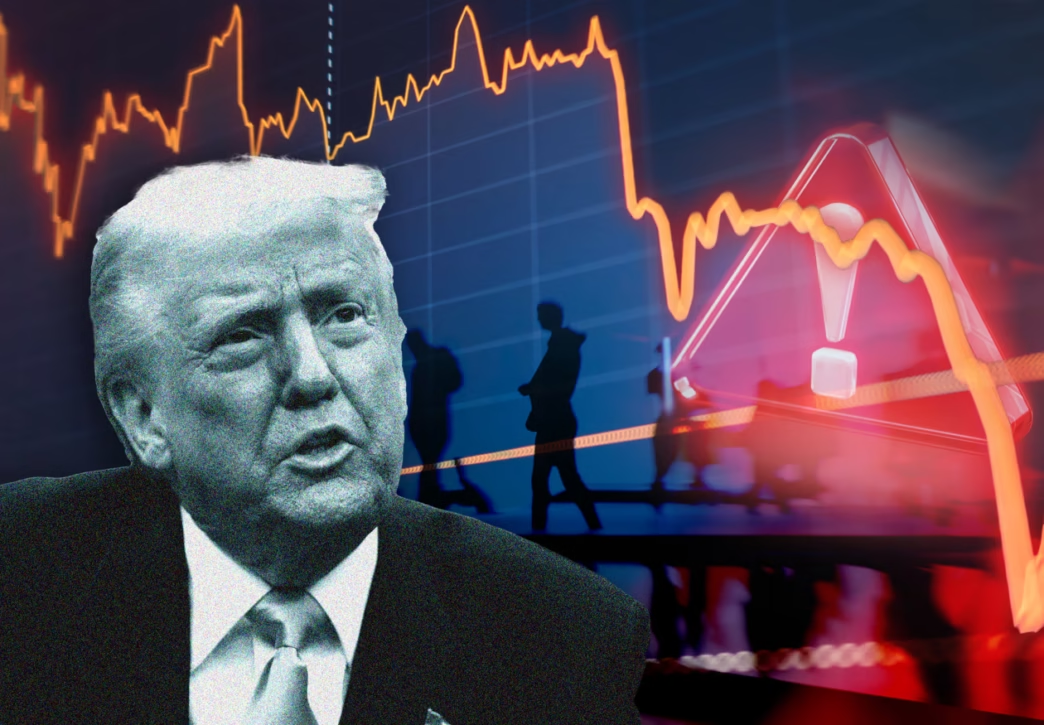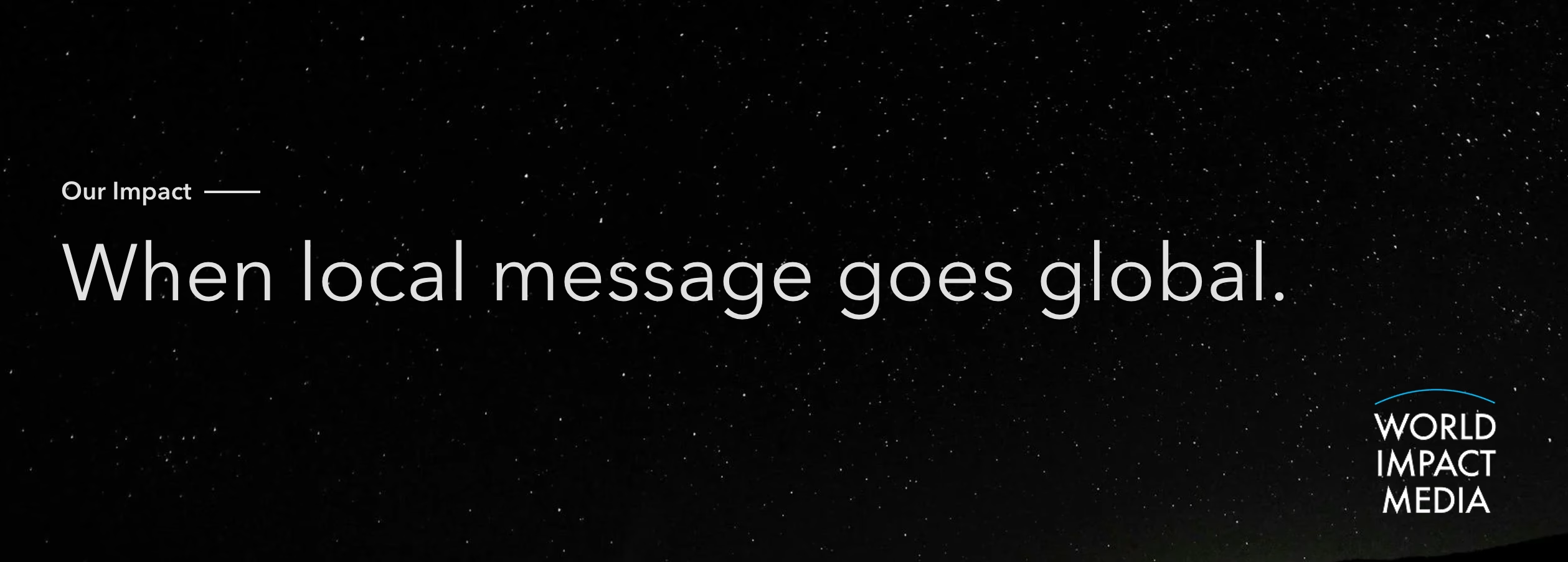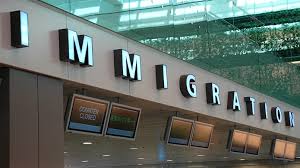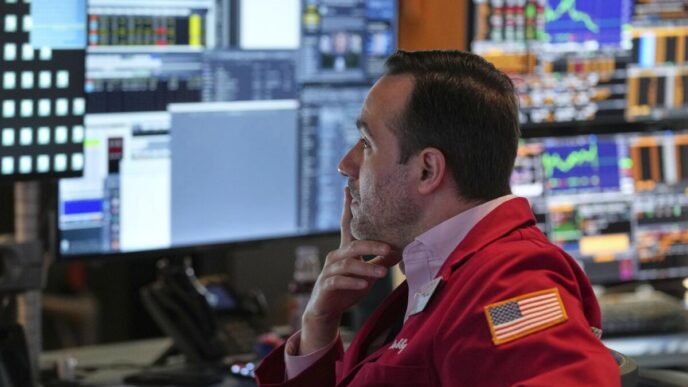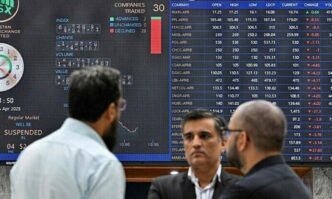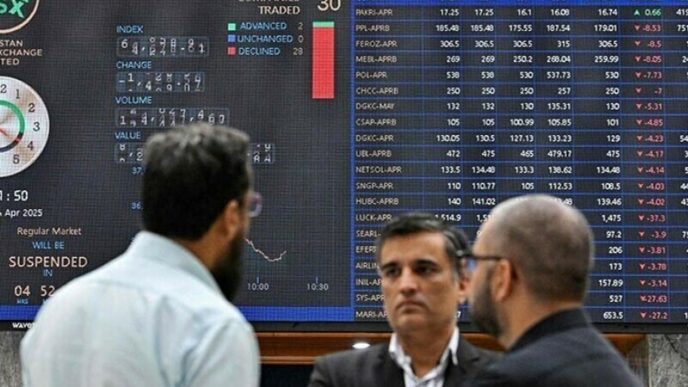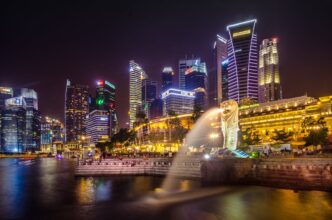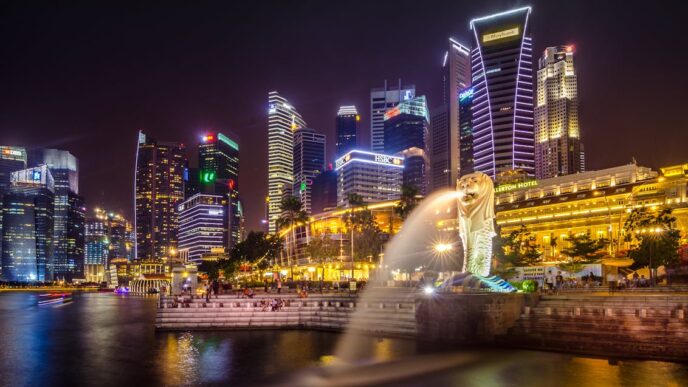President Donald Trump’s sweeping April 2025 tariff overhaul has jolted global markets and raised alarm bells across the financial world, representing the most radical shift in U.S. trade policy in over 100 years. The dramatic increase in effective U.S. tariff rates—from under 1% to a staggering 22.5% to 24%—is prompting fears of a global economic slowdown and potential recession.
“This marks the most aggressive trade stance since the early 1900s,” said Bruce Kasman, Chief Economist at JPMorgan, which recently increased its global recession probability to 60%. “The scale and abruptness of the move could spark a worldwide economic contraction.”
A Shock to the System
Just days after the announcement, U.S. Federal Reserve Chair Jerome Powell admitted that the economic fallout may be far greater than initially estimated. “These tariffs are significantly larger than expected,” Powell said. “Their impact will likely include elevated inflation and diminished growth.”
Economists and analysts across the board agree: the ripple effects from the tariffs will not be limited to import prices. Households, businesses, and global supply chains are all expected to feel the pressure.
How the Tariffs Could Trigger a Recession
1. Direct Consumer Burden:
According to University of Michigan economist Justin Wolfers, the tariffs are set to raise consumer prices by 2.3% in 2025, costing the average U.S. household around $3,800. Lower-income families are expected to be hit hardest. “This isn’t just a jolt,” Wolfers told Investopedia. “It’s more like a crash landing.”
2. Business and Supply Chain Disruption:
Since around half of U.S. imports are used as inputs for domestic production, higher costs will directly impact manufacturers. Economists project a 0.9% reduction in real GDP growth for 2025 and an 18.1% drop in exports due to reduced competitiveness.
3. Global Retaliation and Trade Retrenchment:
Major trading partners are already preparing countermeasures. The World Trade Organization has warned of a potential 1% decline in global trade volumes as tit-for-tat tariffs escalate.
4. Risk of Stagflation:
With rising prices and slowing economic activity, the Federal Reserve faces a dilemma. Traditional tools like interest rate adjustments won’t be able to address inflation and sluggish growth simultaneously—a recipe for stagflation, a phenomenon not seen in the U.S. since the 1970s.
What Should Investors and Consumers Do?
For Long-Term Investors:
“Stay the course,” says George Pearkes of Bespoke Investment Group. “If your investment horizon is 10 years or more, don’t let current volatility dictate your strategy.”
For Short-Term Investors:
Pearkes suggests caution: “Now is not the time to make bold moves. Better buying opportunities are likely down the road.”
For Consumers:
With price hikes looming in categories like apparel (+17%) and food (+2.8%), experts recommend the following:
- Review and tighten your budget to brace for higher living costs.
- Fast-track major purchases before tariffs take effect.
- Build an emergency fund to weather potential job losses or rising expenses.
Final Thoughts
Harvard economist Greg Mankiw once wrote that few principles unite economists more than the belief that free trade boosts prosperity. Now, many fear that Trump’s 2025 tariffs could undo decades of economic progress and push the world into a recession.
“The truth is simple,” said Wolfers. “In a trade war, there are no winners—only damage.”

